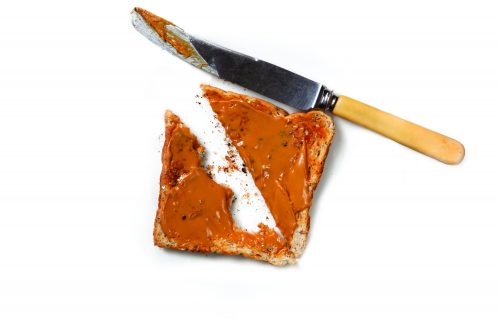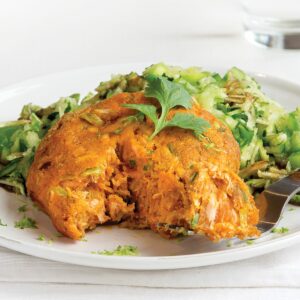
Just what is the nutritional value of peanut butter and similar spreads? HFG senior nutritionist Rose Carr investigates.
Peanut, and other nut butters, are made by roasting the nuts then grinding them into a smooth or crunchy spreadable paste. In some nut butters that’s all there is to it before they are packaged up and sold. Others have more ingredients added.
Sodium
Many nut butters have added salt. One 20g serve (a rounded tablespoon) of Sanitarium or ETA peanut butter has virtually no sodium, whereas Kraft Nuts Light’n Crunchy peanut spread has 129mg sodium. Once you add that to a slice of toast (which has about 170mg sodium), you are consuming 13 per cent of the recommended limit of 2300mg sodium a day.
Sugar
The Kraft, Select and Homebrand products we purchased all had added sugar. Choosing products with added sugar can mean we develop a lifelong preference for sweeter foods, which are generally higher in kilojoules. In one tablespoon of Kraft Light’n Crunchy peanut spread or Homebrand peanut butter there is around half a teaspoon of sugar.
Energy and fat
Nuts and seeds are naturally high in energy (kilojoules) as they are around 50 per cent fat. So one tablespoon of the products we surveyed provides between 460 and 540 kilojoules with 9-12g of fat. Most of the fat in nuts and seeds is unsaturated (over 90 per cent for peanuts). We do need some of this type of fat in our diets.
Saturated fat
Some nut butters have a small amount of vegetable oil added to help prevent oil separation. Also, a little peanut oil may be added to standardise the product throughout the year, as there is seasonal variation in the natural oil content of peanuts. When palm oil is added, this increases the amount of saturated fat. Homebrand was the only product we saw that listed palm oil in the ingredients. Usually the label does not tell you what type of oil has been added, listing only ‘vegetable oil’, however if the saturated fat is higher than expected, that can indicate the use of palm oil. Some companies, such as Sanitarium, state on their websites that they do not use palm oil in their peanut butter. We recommend choosing products with 9.5g per 100g saturated fat or less.
Regular or ‘light’?
‘Light’ peanut butters, labelled as ‘peanut spread’ are made using fewer peanuts and added maltodextrin (a starch), which extends the product. To reduce energy intake we recommend using a smaller portion of peanut butter rather than a ‘light’ product which also has added oil, sugar and salt.
www.healthyfood.com










